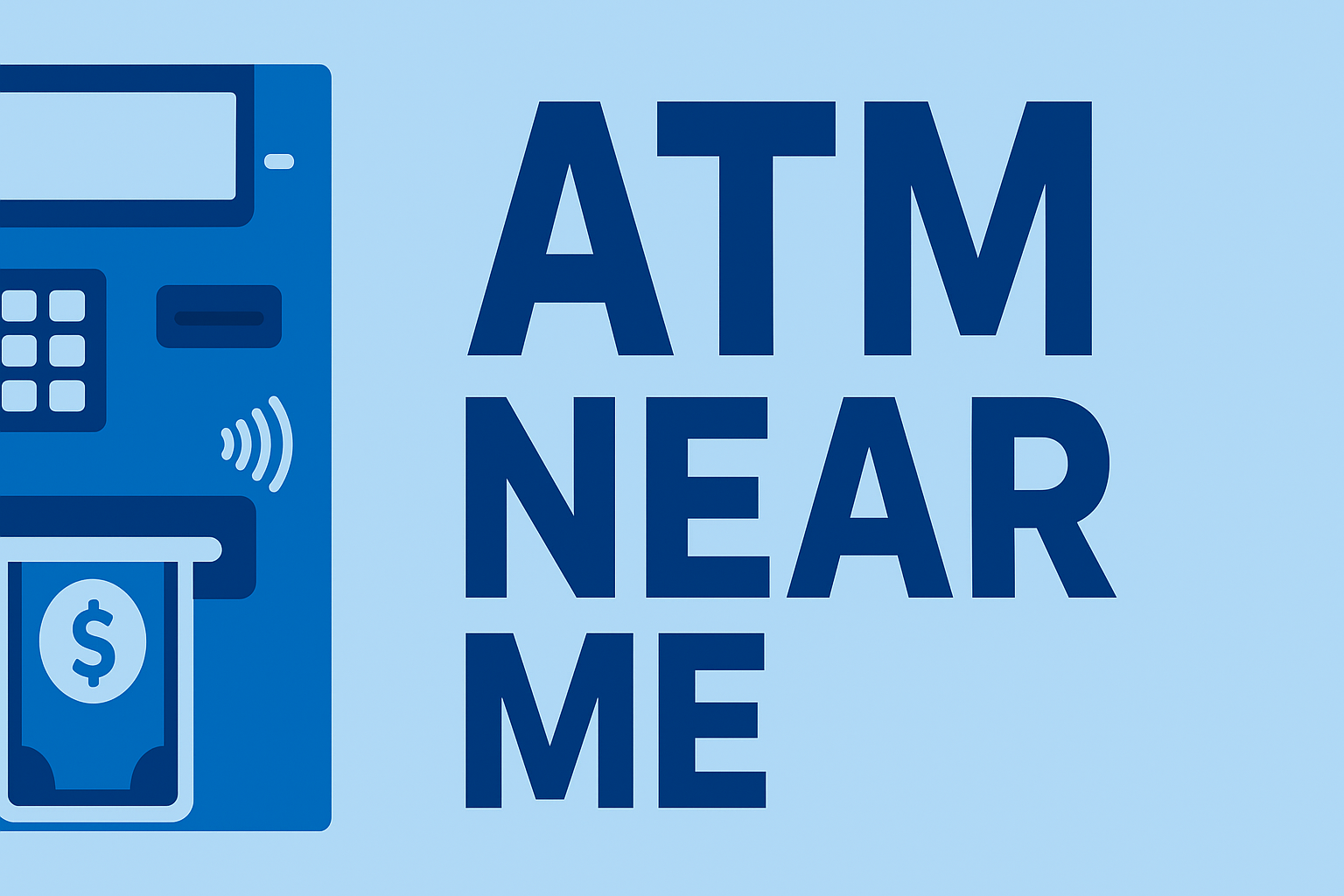ATM skimming has evolved over the years, but so has the technology designed to stop it. Modern ATMs use advanced anti-skimming systems—including jittering card readers, sensor arrays, encrypted communication, and machine-learning monitoring—to identify and block illegal card-reading devices. For a full breakdown of how ATM hardware works together, see How ATMs Work.
This guide explains the major anti-skimming defenses built into today’s ATMs and how they protect your card during transactions.
What Is ATM Skimming?
ATM skimming occurs when criminals attach illegal devices to a card slot to steal card data. These devices often capture:
- Magstripe data
- EMV chip information attempts (though much harder)
- Card insertion patterns
- PIN information through hidden cameras
Anti-skimming hardware focuses on preventing the card reader from communicating with unauthorized add-ons.
Active Anti-Skimming Modules
Modern ATMs include active anti-skimming devices inside or around the card slot. These components detect physical overlays, false bezels, and unexpected electrical signals.
- Jitter motion readers move your card in unpredictable patterns
- EMV chip verification ensures chip data cannot be cloned
- Magnetic signal distortion prevents clean magstripe reads
- Contactless scanning detects foreign circuitry
If a skimmer is detected, the ATM may disable the card reader or go offline for security.
Skimmer-Detection Sensors
ATMs use multiple sensors to detect unusual attachments, pressure changes, or altered card-reader geometry. These sensors help identify attacks such as:
- Overlays placed on top of the existing reader
- Deep-insert skimmers inside the card path
- Shimmer devices that interfere with chip contacts
- Hidden cameras above the keypad
To understand how sensors and cameras work more broadly, see ATM Sensors and Cameras.
Jitter Technology: How It Stops Skimmers
Jittering technology changes the way an ATM pulls your card into the slot. Instead of a smooth motion, the card reader:
- Vibrates the card
- Moves at micro-intervals
- Uses irregular stop points
This makes it difficult—and often impossible—for skimmer devices to properly track or read the magnetic stripe.
Encrypted Communication and Secure EMV Chips
EMV chips already protect against traditional skimming, but ATM networks add another layer: encrypted communication between the card reader and the processor.
- Card data is encrypted at the reader
- No plaintext data ever touches the ATM OS
- Keys change regularly through key-injection procedures
Even if a criminal intercepted network data, it would be unusable.
Machine Learning and Transaction Monitoring
Banks use real-time analytics to detect suspicious ATM behavior. These systems look for:
- Unusual card-reader error patterns
- Repeated partial reads
- Spike in failed withdrawals
- Activity at odd hours or repeated visits
This monitoring helps banks dispatch technicians or remotely disable an ATM if tampering is suspected.
Why Modern ATMs Are Safer Than Ever
While skimming remains a threat, modern ATMs combine hardware sensors, jitter mechanisms, encrypted readers, and intelligent monitoring to make attacks significantly harder. These technologies ensure your card data stays protected during every transaction.
